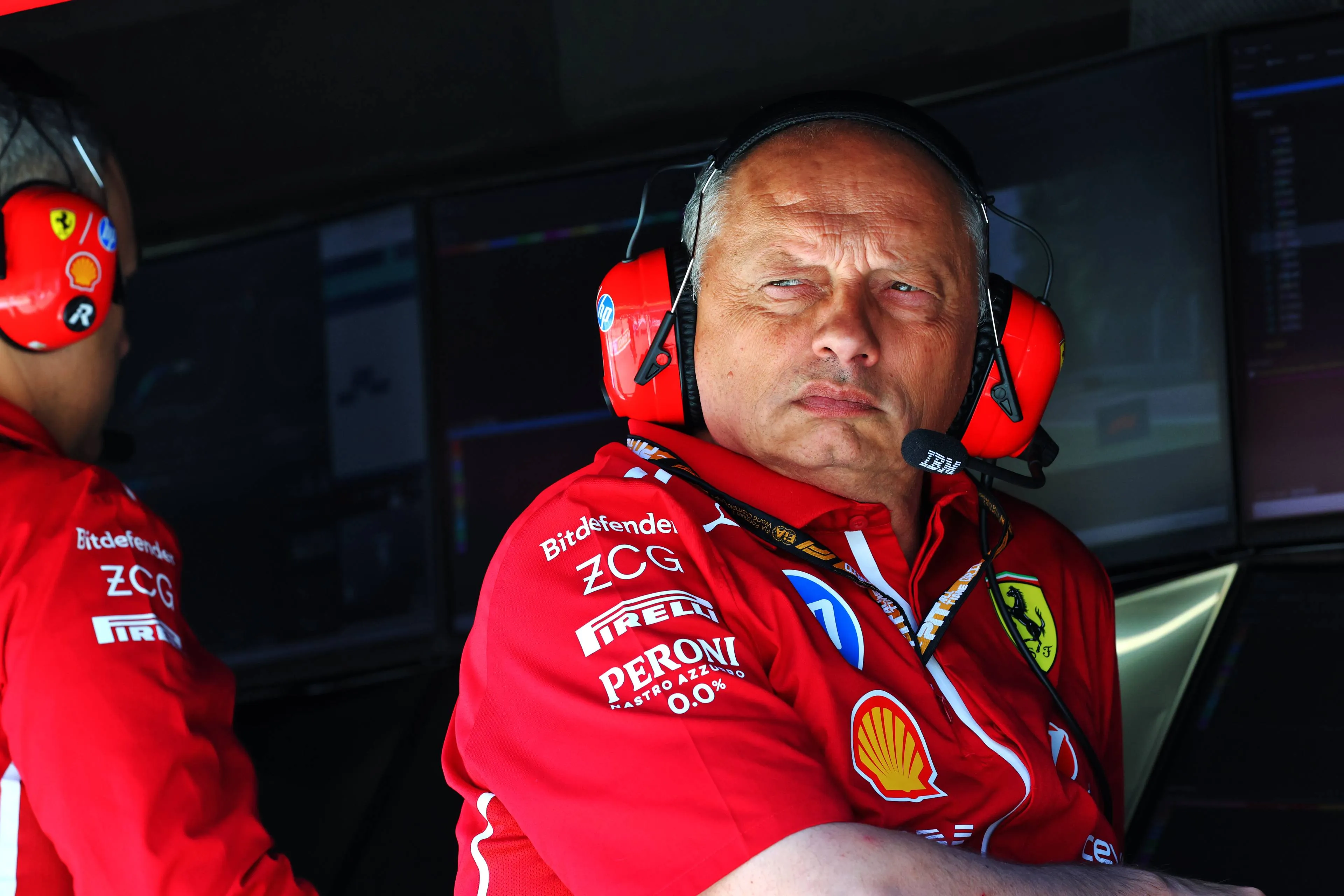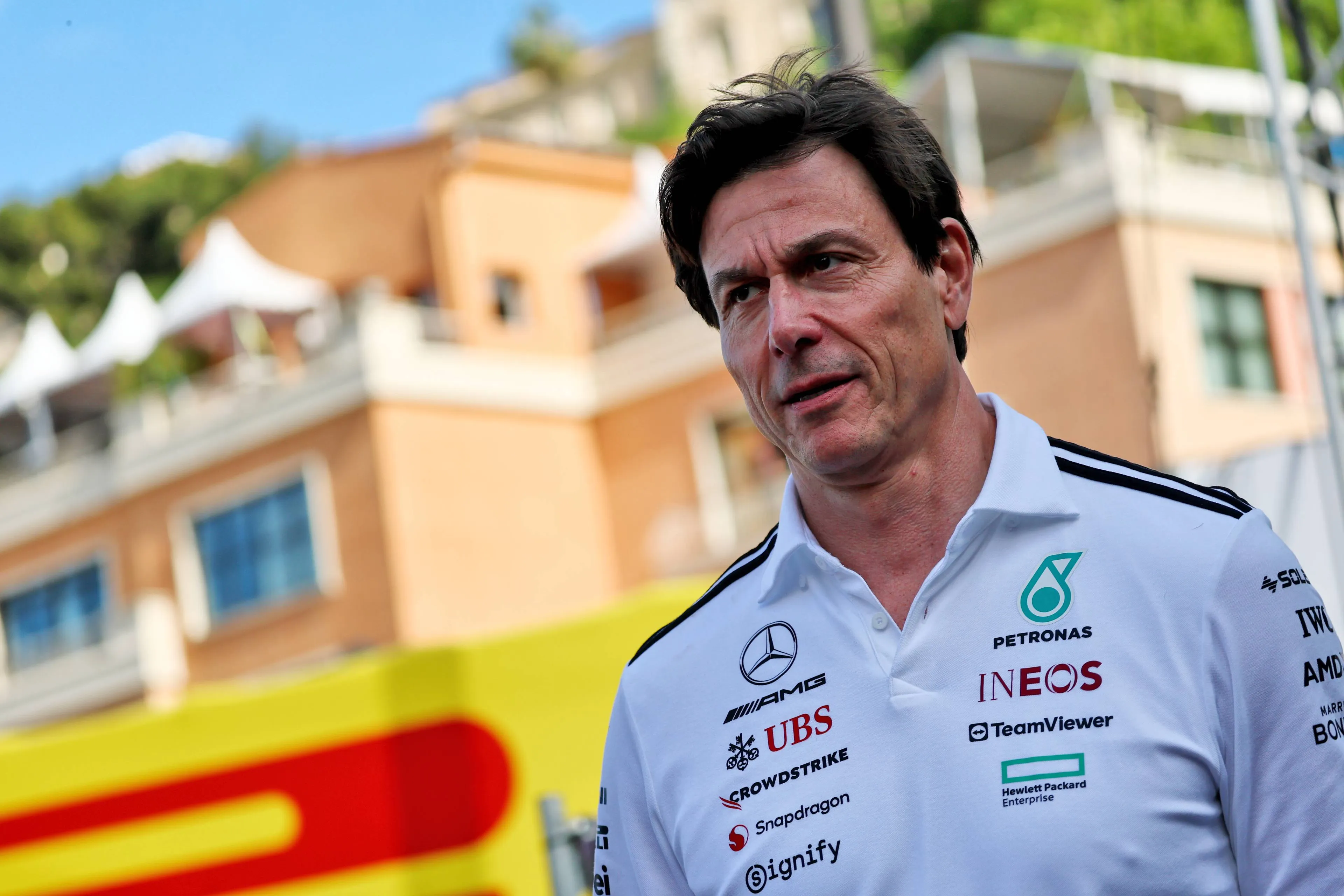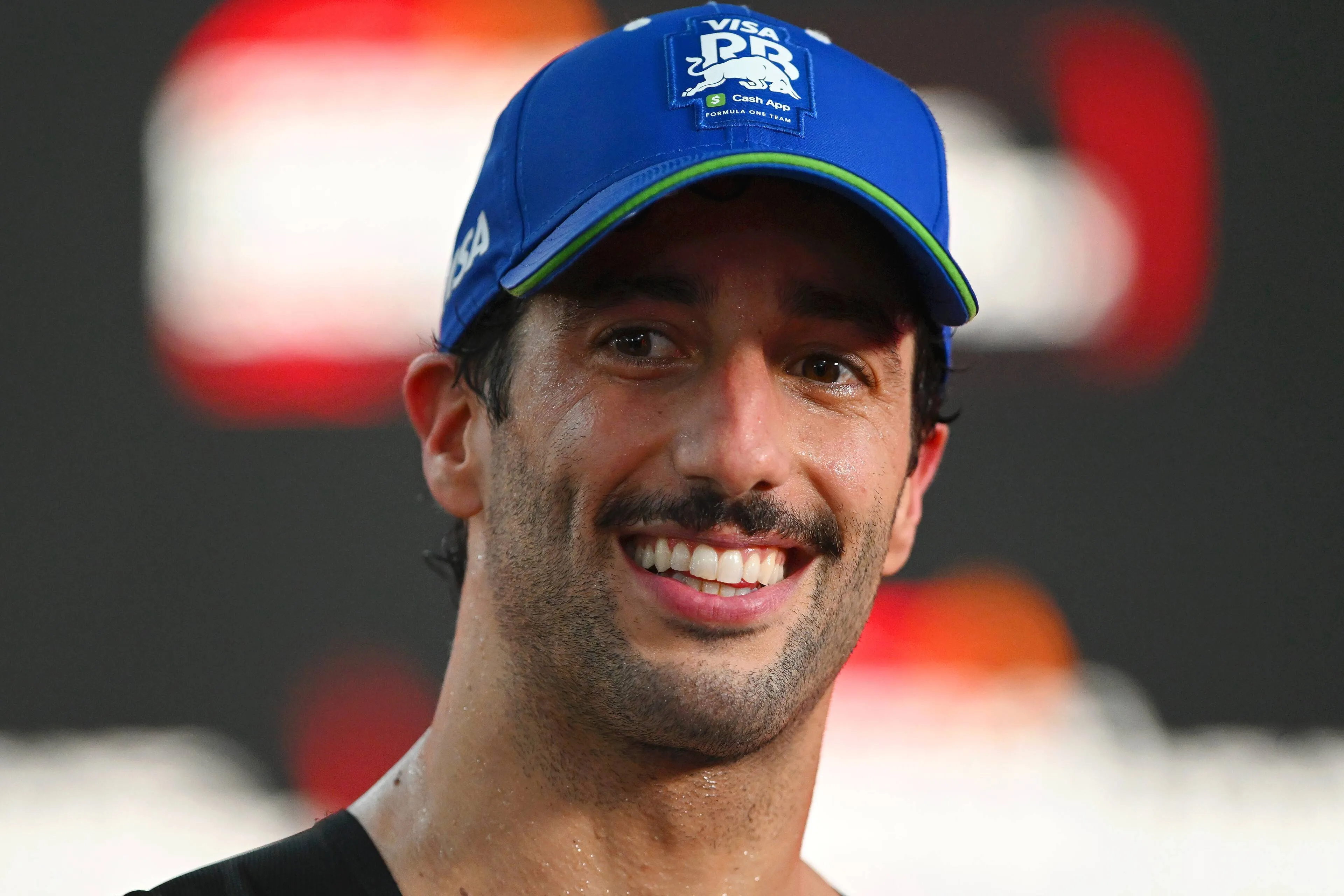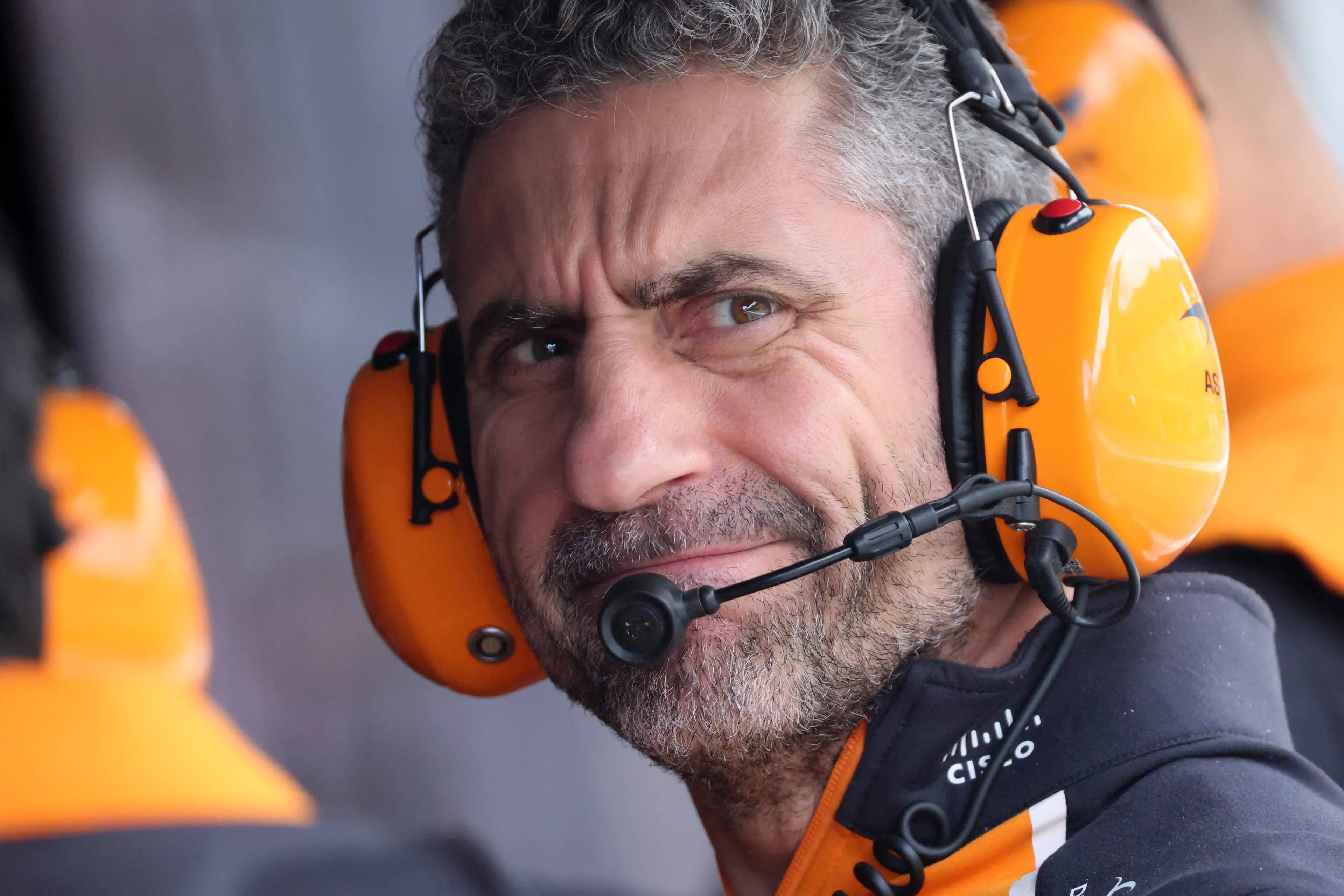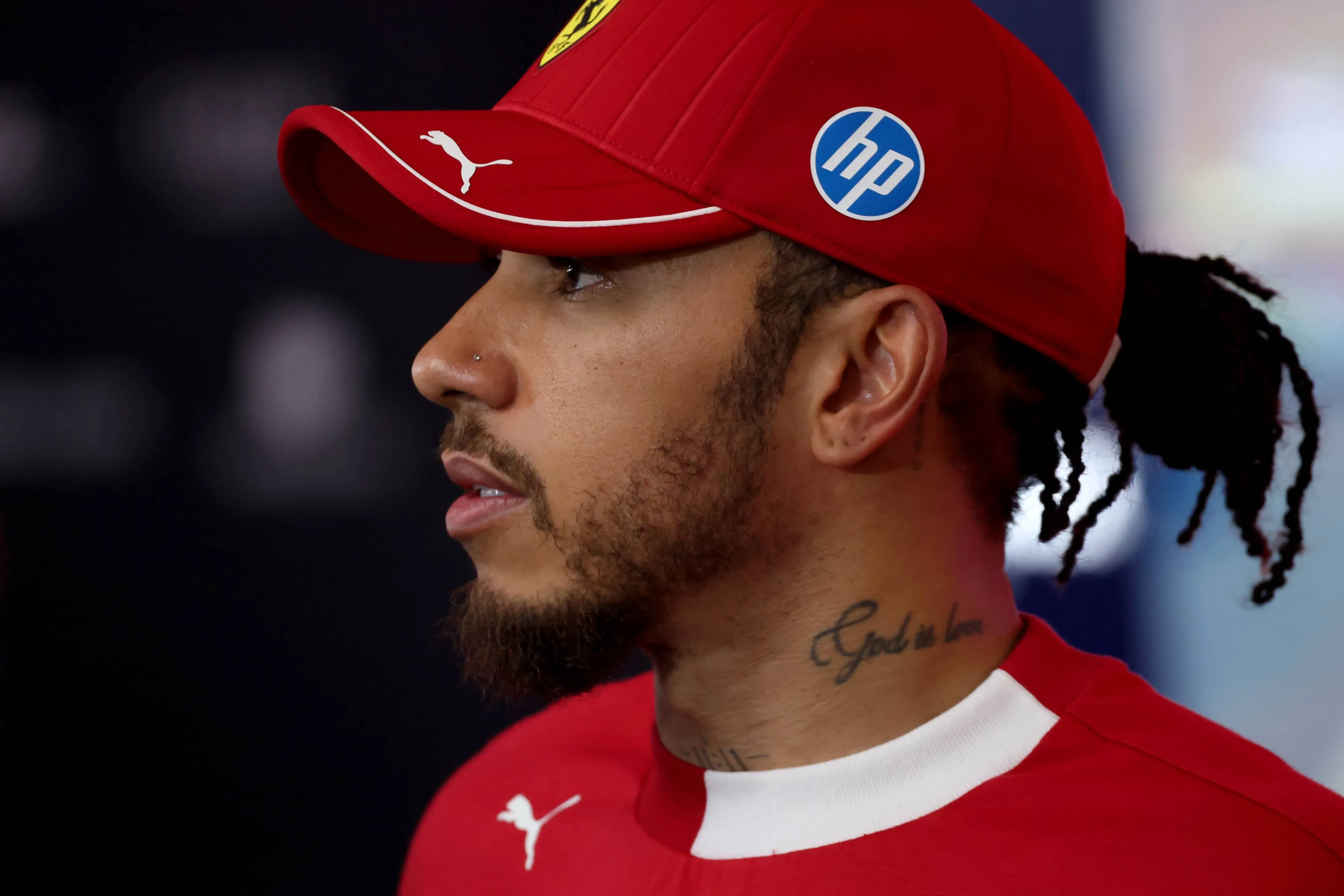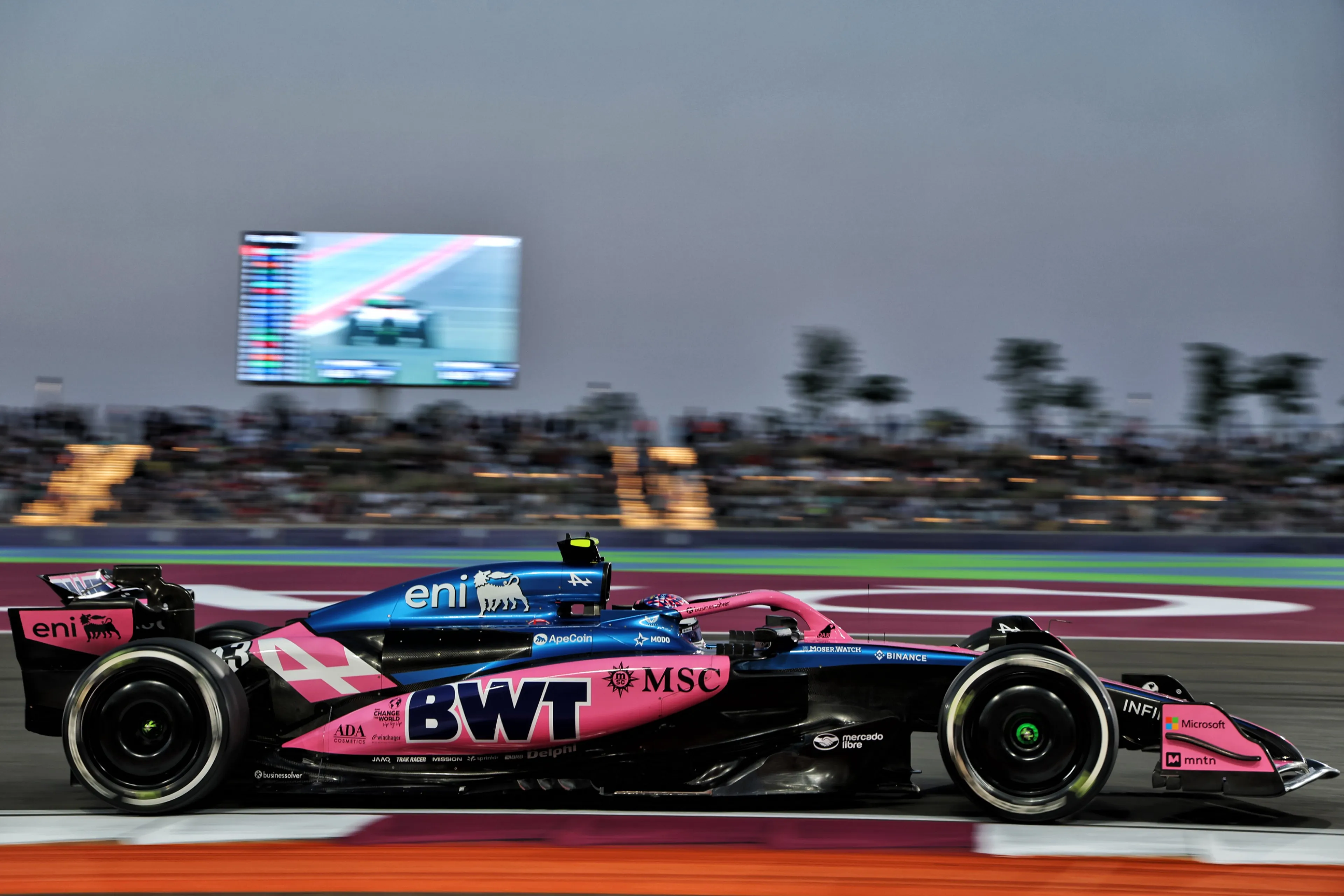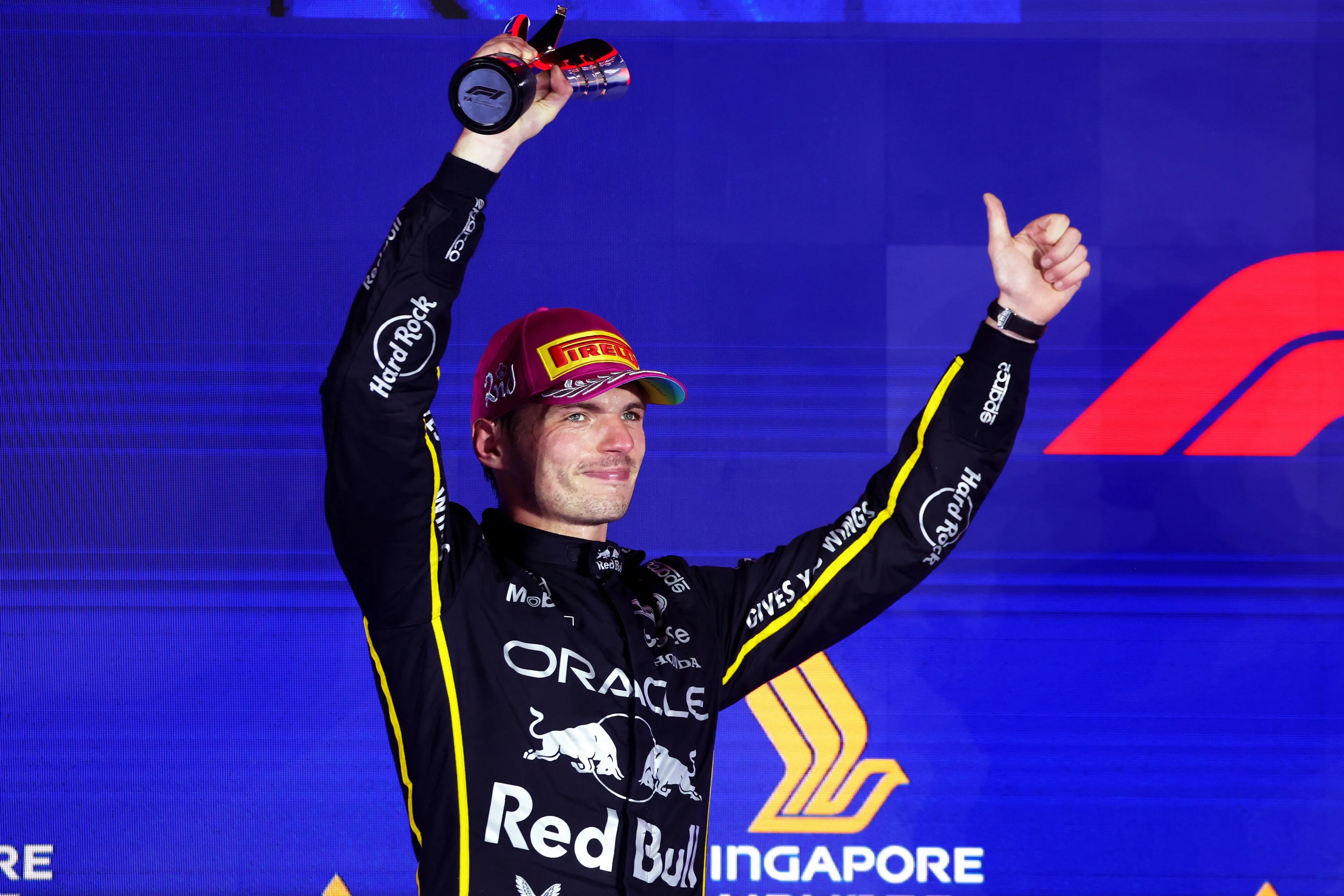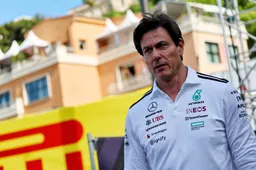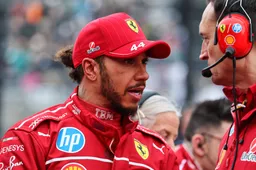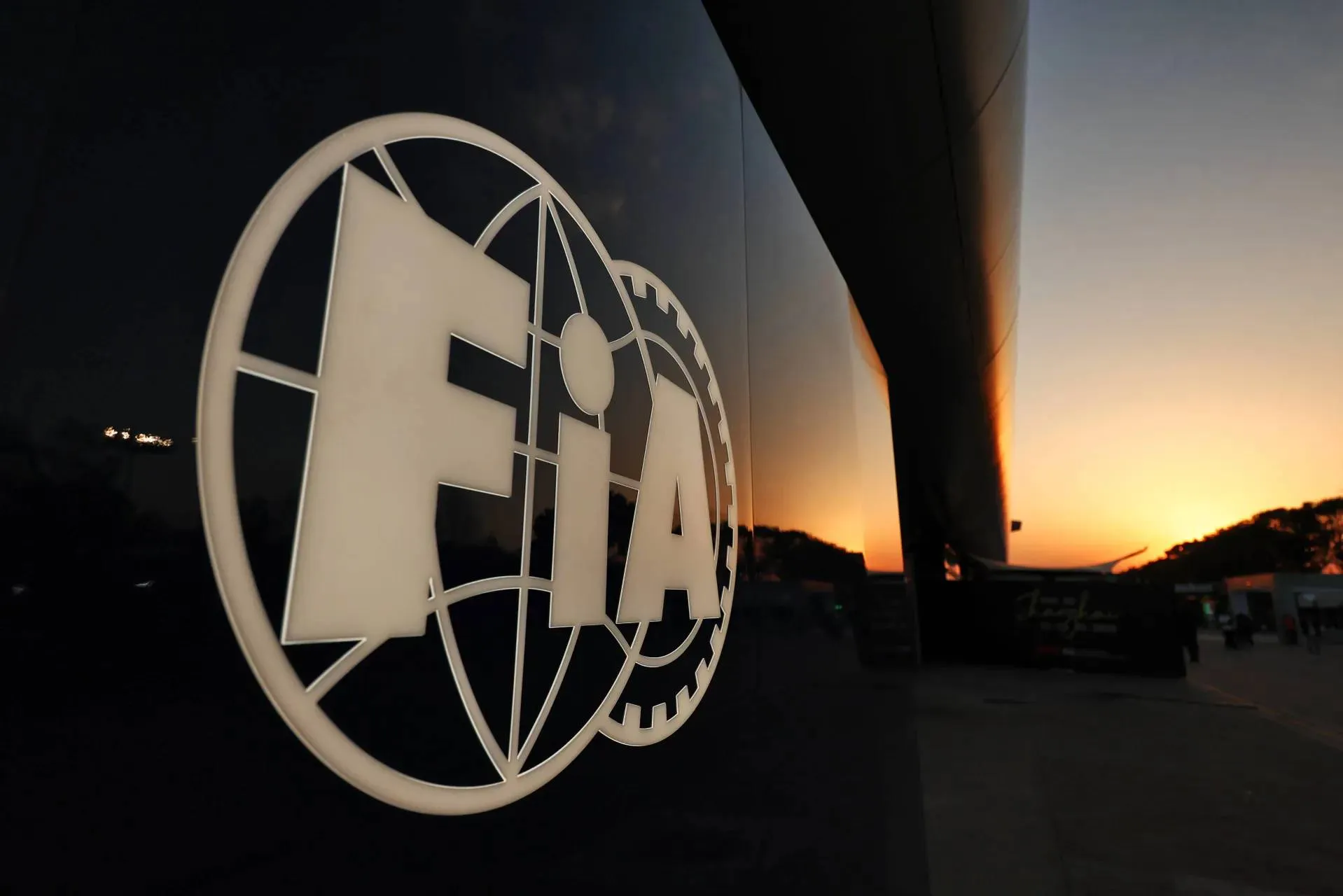
Photo: Race Pictures
New flexwing rules explained: This is what will change from the Spanish GP
20:41, 28 May
Updated: 20:42, 28 May
3 Comments
The new flexiwing regulations will go into effect at the Spanish Grand Prix. The Fédération Internationale de l'Automobile has provided an update on what that will look like.
The teams were told before the season that stricter testing surrounding the front wings would be required. Now, Nikolas Tombazis, the FIA's Single Seater Director, explains why they chose the Spanish Grand Prix to enact it.
“Over a sequence of races at and following the Belgian Grand Prix, we installed cameras on the front wings of all cars, and again we concluded that the tests would need to be toughened,” says Tombazis. “That conclusion was arrived at quite late in the year, however, and we felt that if we had introduced extra tests at the start of this season, it would have been tough on teams and may have led to existing front wings being scrapped, and extra expense. Therefore, we felt that deferred introduction was more sensible.”
The FIA will be testing flexwings more strictly
When testing the front wings, 100 kg of load is applied symmetrically to both sides of the car. Previously, the vertical deflection of the front wing could not exceed 15 mm. With loading on one side, this was 20 mm.
This will change from next weekend. With a load of 100 kg on both sides, the vertical deflection may not be more than 10 mm. With a load on one side, this may not be more than 15 mm.
The deflection of the front wing flap will also be tested more rigorously. Previously, the regulations stated that “any part of the trailing edge of a front wing flap must not deflect more than 5mm, measured along the load axis, when a load of 6kg is applied perpendicularly to the flap.” The permitted deflection from this weekend is just 3mm.
Tombazis said that while the changes may not seem huge, the increase in stiffness is significant and that it will hopefully put an end to the issue for this year: “Obviously it is fair for the FIA to add more flexibility tests or stiffness tests when it judges that a certain area may be getting exploited a bit too much, but yes, we hope it will be the last time we’ll do anything for this year.”
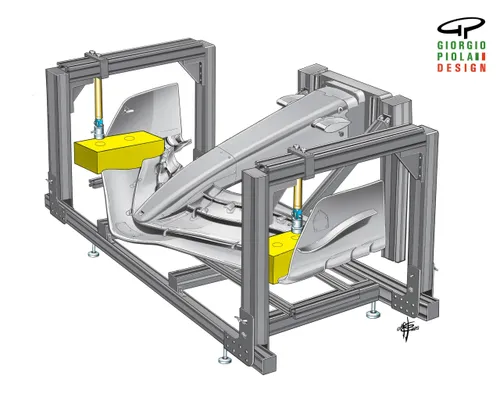
Illustration: Giorgio Piola Design
When are teams checked by the FIA?
He continued, “We check the teams at various points across the season, and we ask them to bring certain components along. We’ll check them in isolation and sometimes test them on the whole car."
Tombazis explains, “We frequently test in parc fermé conditions—either on Saturday after qualifying or Sunday morning, as obviously, in parc fermé teams cannot make changes to their car. That ensures that they’re not fitting a stiff wing for the test and running something else in the race. We also occasionally conduct checks after a race if we feel there is a reason to do so. Those tests would be static load tests, as defined in Article 3.15 of the Technical Regulations.”
This testing will continue into 2026 with the new regulations that will come into effect then as well.
“There are areas where the propensity to have flexible components is less pronounced, because of the straight-line mode, for example and therefore in some areas it may be that at some point we choose to ease the toughness of the tests,” he says. “But fundamentally, the philosophy is the same. We need to be vigilant, and we need to keep testing. In fact, we are defining the loads for next year now. So, we will see how the first evolves and if we need to react to maintain fairness, then we will do so.”
FIA previously intervened against the 'mini-DRS'
Earlier this season, the FIA already took action against the so-called 'mini-DRS'. The first regulation stated that the distance between the mainplane and the slot gap could not vary by more than 2 mm, with a load of 75 kg on both ends of the mainplane.
“The 2025 regulations were designed to counteract the so-called ‘mini-drs effect’ that became quite a talking point in the autumn of last year,” says Tombazis of concerns that rear wings were flexing to the degree that, under load, a drag-reducing gap was appearing between rear wing elements. "That test was applied from the start of the season, but it soon became apparent it was insufficient.”
In Australia, cameras were fitted to the cars to see how successful the regulations had been. After analysing the images, the FIA decided that even stricter tests were needed. At the Chinese Grand Prix, the gap between the mainplane and the slot gap was allowed to be 0.75 mm. The gap is set at 0.5mm.
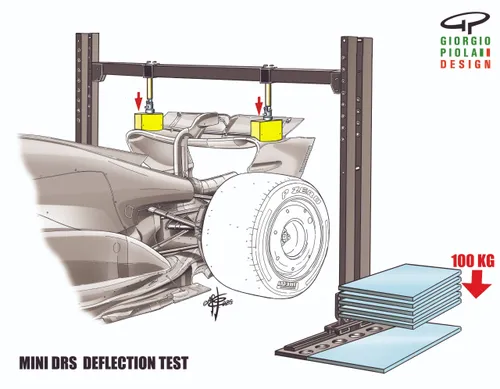
Illustration: Giorgio Piola Design
This article was written in collaboration with Cas van de Kleut.
Read also
Read more about:
Rumors
Popular on GPBlog
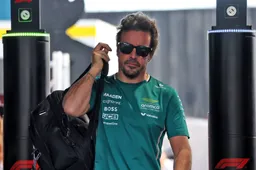
1
Aston Martin to replace Alonso and hand F1 debut to British driver
5380 times read
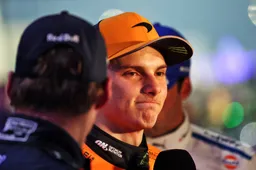
2
F1 LIVE | Verstappen forces Stella to consider breaking papaya rule, Hadjar gets step-up to Red Bull
3315 times read

3
Verstappen has forced Stella to consider breaking cardinal papaya rule
2674 times read
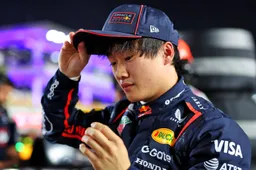
4
OFFICIAL: Tsunoda loses Formula 1 seat for 2026 season
2449 times read
Loading

